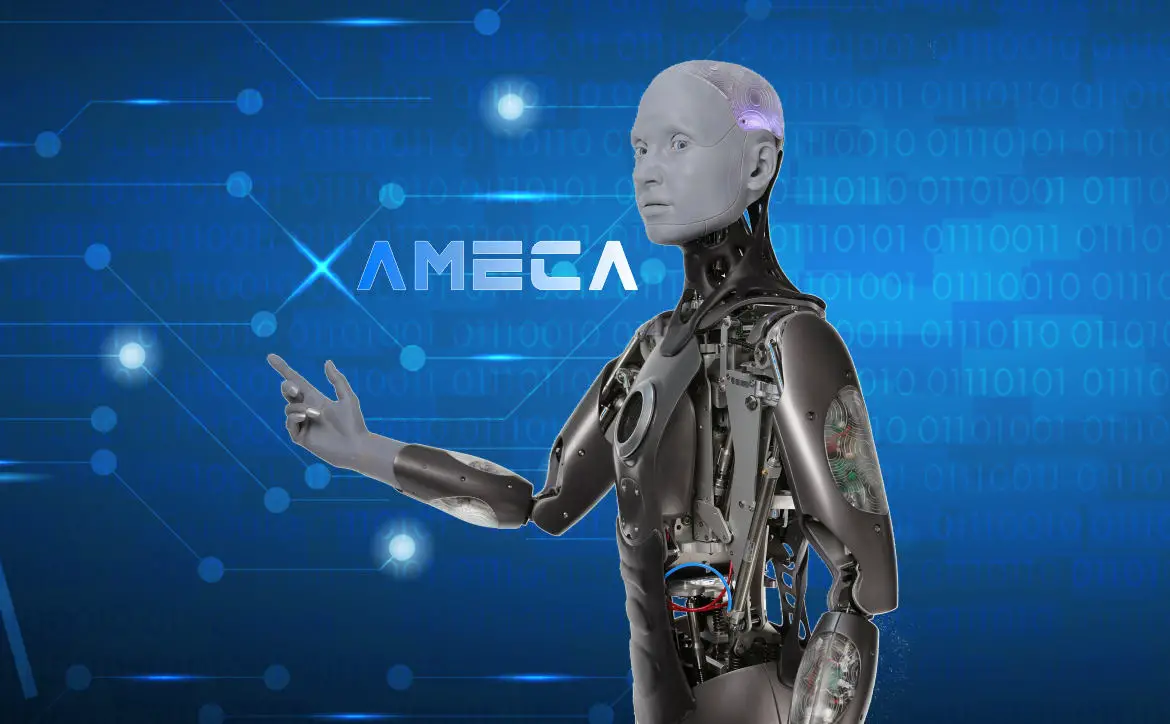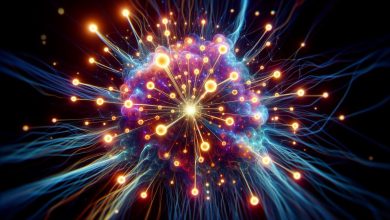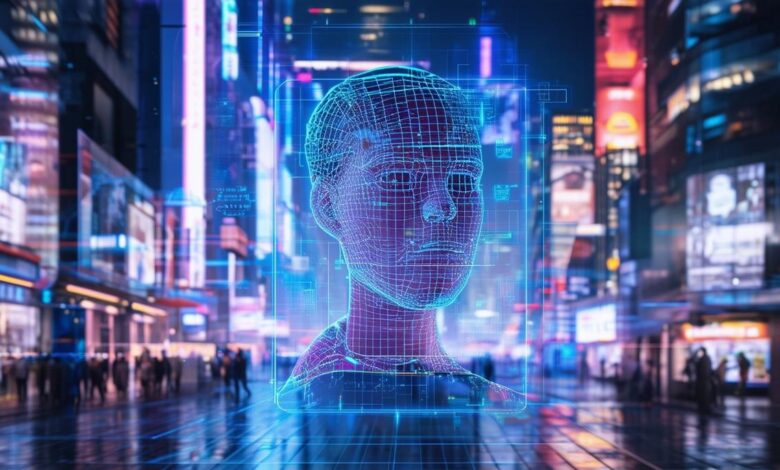
Deep learning has become essential in facial recognition technology, significantly improving its accuracy and efficiency. By using convolutional neural networks (CNNs), these systems can now identify and verify faces with remarkable precision. This article examines the critical components and challenges of facial recognition, offering insights into its applications and ethical considerations.
Introduction to Deep Learning and Its Role in Facial Recognition
Deep learning has significantly enhanced facial recognition systems' accuracy and speed. Convolutional neural networks (CNNs) are key to this improvement, processing data through multiple layers to extract detailed facial features.
CNNs like VGGFace, FaceNet, and DeepFace are prominent in facial recognition. These networks are trained on large datasets, enabling them to generalize well when identifying faces in new images.
Modern facial recognition systems perform three main tasks:
- Face Detection: Locating faces in an image or video stream.
- Feature Extraction: Converting an image into a numerical encoding representing unique facial features.
- Face Recognition: Matching extracted features with a database of known faces.
Practical applications of facial recognition range from security and surveillance to personalized user experiences. For example, airports use this technology to streamline passenger boarding, while social media platforms use it for photo tagging suggestions.
Challenges include ensuring unbiased and ethical use of the technology. Biases in training datasets can lead to inequitable outcomes, requiring careful data gathering and labeling with an emphasis on diversity.
Despite these challenges, deep learning continues to advance facial recognition capabilities, delivering swift and accurate results even in dynamic environments.
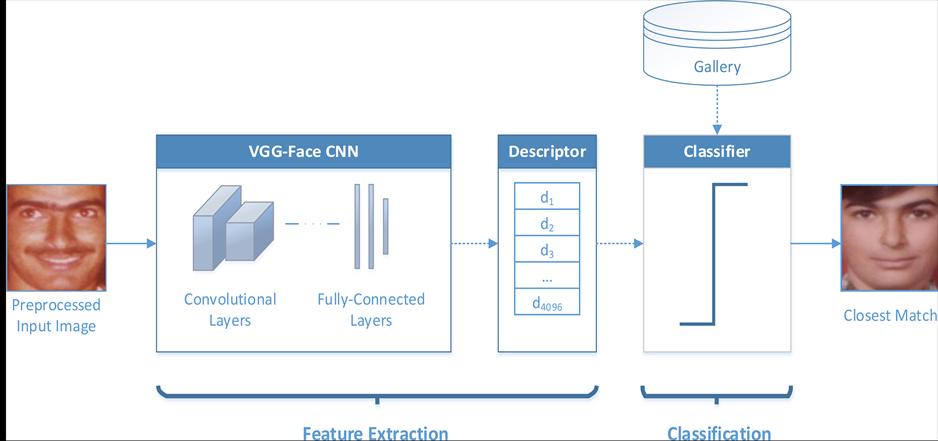
Face Detection vs. Face Recognition
Face detection and face recognition are distinct processes within computer vision and machine learning.
Face detection involves identifying and locating human faces within images or video streams. It uses algorithms like Haar cascades or CNN-based methods to analyze regions of an image for specific facial features.
Face recognition, on the other hand, uniquely identifies individuals from detected faces by comparing them against a known database. This process involves converting facial features into a numerical encoding and comparing it to pre-existing encodings using similarity metrics like Euclidean distance.
| Process | Focus | Output |
|---|---|---|
| Face Detection | "Where" | Location of faces in an image |
| Face Recognition | "Who" | Identity of detected faces |
Both processes leverage deep learning techniques to transform pixel data into valuable insights. However, they can be affected by systemic biases, often originating from non-diverse training datasets. Addressing these issues by incorporating diverse datasets and transparent development practices is crucial for fair technology deployment.
Key Technologies and Algorithms in Facial Recognition
DeepFace, FaceNet, Dlib, and CNNs are key technologies in facial recognition, each with unique strengths and challenges.
DeepFace:
Developed by Facebook, DeepFace uses a deep neural network with multiple layers for face recognition. It starts with face detection, followed by 3D alignment to mitigate variations in pose, lighting, and expression.
- Strengths: High accuracy and effective alignment.
- Challenges: Computationally intensive and raises privacy concerns.
FaceNet:
Google's FaceNet maps faces to a compact Euclidean space where distances correspond to facial similarity. It uses a deep convolutional network trained with a triplet loss function.
- Strengths: Efficient face matching and versatility.
- Challenges: Sensitive to data quality and scalability issues.
Dlib:
An open-source library, Dlib provides facial recognition tools using a pre-trained deep convolutional network to extract 128-dimensional face descriptors.
- Strengths: Accessible and effective for a wide range of applications.
- Challenges: May not match specialized models' performance in all conditions.
Convolutional Neural Networks (CNNs):
CNNs form the backbone of modern face recognition technologies, processing images through layers of convolutional filters to capture facial features.
- Strengths: Scalable and capable of generalizing from large datasets.
- Challenges: Complex training process and potential for inheriting biases from training data.
These technologies drive innovations across multiple sectors, but addressing challenges related to bias, data privacy, and computational demands remains crucial for their ethical and effective deployment.1
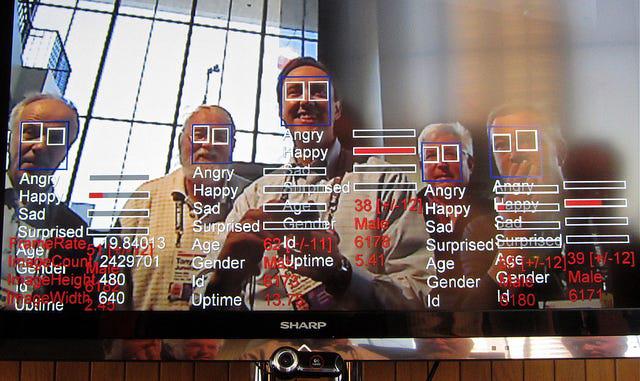
Implementation of Real-Time Facial Recognition Systems
Implementing real-time facial recognition systems uses deep learning frameworks and libraries designed to handle face detection and recognition. Libraries such as DeepFace and face_recognition offer pre-built functionalities to simplify this process. Below is a guide on setting up and deploying these real-time systems.
To begin, ensure you have the necessary libraries installed:
pip install deepface
pip install face_recognition
pip install opencv-python
pip install matplotlib
Setting Up and Deploying with DeepFace
- Initial Setup:
Create a Python script file and import the necessary modules:
from deepface import DeepFace
import cv2
import matplotlib.pyplot as plt - Initialize Video Capture:
Set up the webcam feed:
cap = cv2.VideoCapture(0)
if not cap.isOpened():
print("Error: Could not open webcam.")
exit() - Real-Time Face Detection and Recognition:
Use DeepFace to analyze each captured frame:
while True:
ret, frame = cap.read()
if not ret:
break
try:
analysis = DeepFace.analyze(frame, actions=['emotion', 'age', 'gender', 'race'])
except Exception as e:
print(e)
continue
for face in analysis['instances']:
(x, y, w, h) = face['region'] cv2.rectangle(frame, (x, y), (x+w, y+h), (0, 255, 0), 2)
cv2.putText(frame, f"{face['dominant_race']}, {face['dominant_emotion']}, {face['age']}Y, {face['gender']}",
(x, y-10), cv2.FONT_HERSHEY_SIMPLEX, 0.5, (0, 255, 0), 2)
cv2.imshow('Real-Time Facial Recognition', frame)
if cv2.waitKey(1) & 0xFF == ord('q'):
break
cap.release()
cv2.destroyAllWindows()
Setting Up and Deploying with face_recognition
- Initial Setup:
Create a Python script file and import the necessary modules:
import face_recognition
import cv2 - Load Known Faces:
Load and encode images of people you want the system to recognize:
known_image = face_recognition.load_image_file("known_person.jpg")
known_face_encoding = face_recognition.face_encodings(known_image)[0]
known_face_encodings = [known_face_encoding] known_face_names = ["Known Person"] - Initialize Video Capture:
Set up the webcam feed:
video_capture = cv2.VideoCapture(0)
if not video_capture.isOpened():
print("Error: Could not open webcam.")
exit() - Real-Time Face Detection and Recognition:
Process the captured video frames:
while True:
ret, frame = video_capture.read()
if not ret:
break
rgb_frame = frame[:, :, ::-1]
face_locations = face_recognition.face_locations(rgb_frame)
face_encodings = face_recognition.face_encodings(rgb_frame, face_locations)
for (top, right, bottom, left), face_encoding in zip(face_locations, face_encodings):
matches = face_recognition.compare_faces(known_face_encodings, face_encoding)
name = "Unknown"
face_distances = face_recognition.face_distance(known_face_encodings, face_encoding)
best_match_index = face_distances.argmin()
if matches[best_match_index]:
name = known_face_names[best_match_index]
cv2.rectangle(frame, (left, top), (right, bottom), (0, 255, 0), 2)
cv2.putText(frame, name, (left + 6, bottom + 20), cv2.FONT_HERSHEY_DUPLEX, 0.5, (0, 255, 0), 1)
cv2.imshow('Video', frame)
if cv2.waitKey(1) & 0xFF == ord('q'):
break
video_capture.release()
cv2.destroyAllWindows()
Practical Considerations
- Hardware Requirements:
- High-resolution camera
- Sufficient CPU/GPU capabilities
- Adequate RAM
- Optimization Techniques:
- Model compression
- Edge computing
- Batch processing
Challenges and Ethical Considerations in Facial Recognition
Facial recognition systems face technical challenges and ethical considerations that must be addressed for responsible deployment.
Technical challenges include:
- Pose Variation: Faces can appear at various angles, posing challenges for recognition algorithms. Models like DeepFace employ 3D alignment to standardize face poses, but this isn't foolproof, especially with extreme angles.
- Lighting Conditions: Varying lighting can alter the appearance of key facial landmarks. CNN models are trained on images captured under different lighting conditions to improve resilience, but real-world scenarios can still be challenging.
- Occlusion: Objects covering parts of the face can impede accurate detection and recognition. Advanced models use algorithms to infer underlying features from partial data, but complete reliance on such inferences can reduce reliability.
Ethical considerations include:
- Privacy Issues: Facial recognition systems often collect and analyze personal biometric data without explicit consent, raising concerns about surveillance and data misuse. The Facebook-Cambridge Analytica scandal highlighted the potential for data exploitation.1
- Bias and Fairness: Bias in training datasets can lead to discriminatory practices. Research has shown that many facial recognition systems perform poorly on non-white faces, highlighting issues of racial and gender biases.2
- Consent and Transparency: Using facial recognition without informed consent infringes on individual autonomy. The case where the US Federal Trade Commission banned Rite Aid's use of facial recognition for secretly identifying potential shoplifters exemplifies the need for clear, transparent policies.3
Regulatory Frameworks and Legal Compliance:
Several regulatory frameworks have been established to mitigate ethical concerns. The General Data Protection Regulation (GDPR) in Europe and the California Consumer Privacy Act (CCPA) in the US enforce rules on data usage and consumer privacy rights. The regulatory landscape in the United States is still developing, with ongoing work on the American Data Privacy and Protection Act (ADPPA).
Ensuring effective, fair, and privacy-compliant facial recognition systems requires ongoing diligence, transparency, and adherence to regulatory standards.
Future Trends and Developments in Facial Recognition
Facial recognition technology is poised for advancements that will expand its capabilities across various industries. Key trends include:
- Enhanced Deep Learning Algorithms: Future developments may include more sophisticated neural network architectures, such as Generative Adversarial Networks (GANs) and Transformers, to improve recognition accuracy and resilience against challenging conditions.
- Improvements in Accuracy and Speed: Techniques like Federated Learning and Edge Computing are being explored to optimize model training and inference while ensuring user privacy and reducing latency.
- Continuous Learning Algorithms: Systems that adapt to new data over time will improve accuracy in identifying faces under various conditions.
New Applications:
| Industry | Potential Application |
|---|---|
| Healthcare | Patient identification and monitoring, particularly in remote health services |
| Retail | Personalized marketing strategies adapting to individuals as they interact with different touchpoints within stores |
| Smart Cities | Improved security and utility management |
Privacy and Security Concerns: As facial recognition technology proliferates, enhanced vigilance against misuse is necessary. Privacy-preserving technologies like Homomorphic Encryption and Secure Multi-party Computation (SMC) will be essential in ensuring data security.
Ethical AI Frameworks: Stricter adherence to ethical guidelines will be crucial to ensure bias-free performance and provide safeguards against discriminatory practices.
The future of facial recognition technology promises enhanced accuracy, speed, and utility, while raising the bar for privacy and ethical responsibility. Maintaining a balanced approach that embraces progress while safeguarding individual rights will be crucial in leveraging this technology effectively.
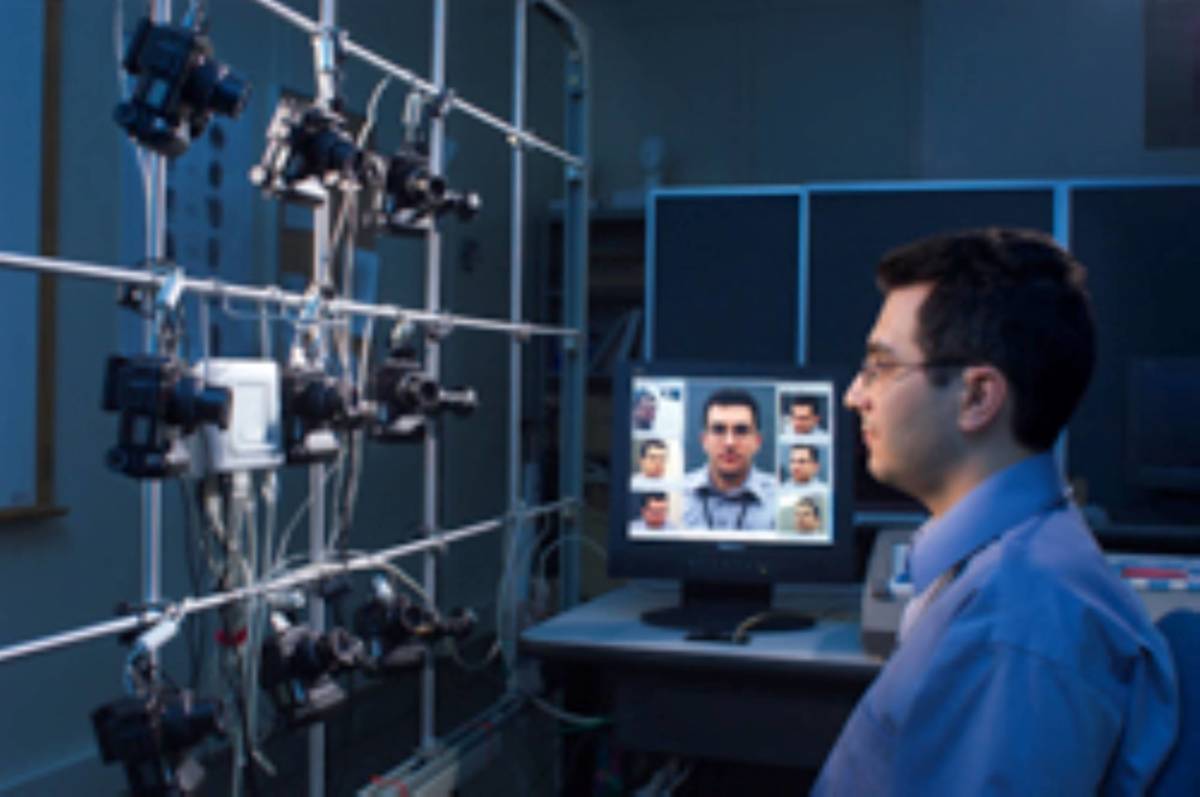
Facial Recognition Technology: Benefits and Challenges
Facial recognition technology offers potential benefits but faces significant technical and ethical challenges. Some key considerations include:
- Fairness: Developing unbiased systems across diverse populations
- Privacy: Ensuring compliance with data protection regulations
- Transparency: Providing clear information on system capabilities and limitations
- Regulatory adherence: Meeting evolving legal and ethical standards
Ongoing vigilance is required to address these concerns. By prioritizing responsible innovation that respects individual rights, developers can build trust in these advanced systems. This approach will enable the technology to reach its full potential while safeguarding privacy and fairness.
"The responsible development of facial recognition technology requires a delicate balance between innovation and ethical considerations."1
Writio: Your AI content writer for website publishers and blogs. This article was written by Writio.





